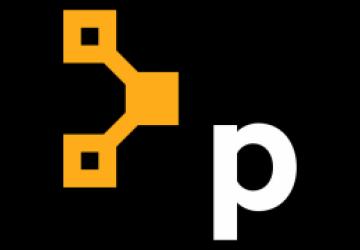Puppet Redefines Infrastructure Automation

Puppet has long been regarded as nothing more than an open-source software configuration management tool. The company has become a standard for automating the delivery and operation of the software that powers everything around us. Well, this is about to change. Puppet has evolved and has positioned itself to tackle enterprise-grade problems. All of this and more, was announced on May 2, 2019.
So what makes this announcement so exciting? I sat down with Matt Waxman, Puppet's Head of Products to learn more.
Petros Koutoupis: Please introduce yourself to our readers.
Matt Waxman: I have been the Head of Products at Puppet since 2017. I have been in the Product space for at least 20 years, largely focused on infrastructure. Before coming to Puppet, I was in data storage backup, replication and disaster recovery. I am the guy who deals with roadmaps and user experience across our product portfolio.
Petros: What can you tell us about this announcement?
Matt Waxman: Automation of more than just the state of your virtual machines, containers and so on is extremely important. How do you enable more teams? It is all about service, safety and quality of delivery. This is what we are doing with Puppet to serve those exact needs. And with our latest release 2019.1, we simplify the experience in automation to meet those demands.
We enhanced our agentless and agent-based capabilities, such as supporting the automation of network devices (for example, Cisco and Palo Alto) and giving users the ability to automate anything and anywhere quickly, efficiently, safely and at scale. But some of our most notable changes are centered around our agentless task runner, Bolt. We introduced it about a year and a half ago. Bolt is an automation tool built to automate anything in your infrastructure without the hassle. It was very well received by the Open Source community. What is new here though is we have found that more and more customers and users are starting to automate from a development perspective. Developers have a constant need to stand up an infrastructure quickly for both testing and support. Not only did we make Bolt more user-friendly for the broader community, but we also added YAML support.
Petros: Why is this announcement so exciting?
Matt Waxman: The demand for infrastructure-focused automation is growing, and many companies are unable to scale to meet that demand. With release 2019.1, we made a lot of investment in not only addressing this challenge but also in simplifying the experience.
Another area we focus on with this release is Continuous Delivery (CD). Back to my earlier comments on trends in the industry, we see the need to deliver quality software safely. The CD pipeline for Puppet enables users to be able to see the "impact analysis" of that delivery. How will their change impact their environment? It is a visual solution too! And it isn't isolated or limited to seeing the impact of just a few machines. You are able to see how your code may impact thousands of machines, and you can observe the changes before pressing the "go" button. Our Impact Analysis platform is available in our Puppet Enterprise offering.
Petros: What else should our readers know (in relation to this announcement)?
Matt Waxman: In a sense, we are re-inventing Puppet as the "automate everywhere environment". This release pushes the boundaries of a traditional configuration management tool and enables Puppet to be the broadest solution in today's market by addressing the demand for automation at all levels. We are there, to partner with our customers on their journey to deploy their on-premises, multi-cloud and hybrid environments. To meet those requirements, Puppet needs to be heterogeneous, and our 2019.1 release will take them to the finish line.
To learn more, be sure to read the press release or visit the official release announcement on the Puppet blog.










